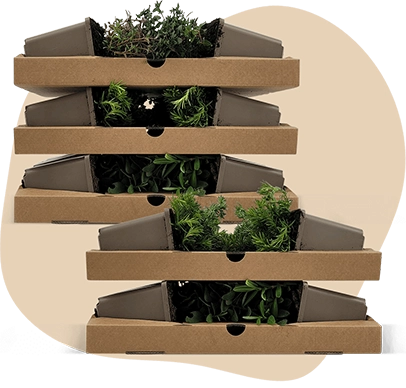Description
Caryopteris clandonensis | Bluebeard
The Caryopteris clandonensis, commonly known as Bluebeard, is a delightful addition to any garden. This shrub is known for its bushy, spreading growth habit, reaching an average height of 120 cm. The leaves of the Caryopteris clandonensis are green, aromatic, and have a soft texture, adding a sensory element to the garden. Although not evergreen, the Bluebeard is easy to maintain and does not require much care. It does not produce fruits or berries, but its aromatic leaves and ability to attract bees and butterflies make it a popular choice for gardeners.
Key Plant Characteristics of Caryopteris clandonensis
- Caryopteris clandonensis blooms from August to October, showcasing blue and purple flowers. These flowers are attractive to bees and butterflies and are fragrant.
- The ideal location for Caryopteris clandonensis is a sunny spot in the garden.
- This plant thrives in good garden soil that is well-drained.
- The bark and branches of Caryopteris clandonensis are not particularly notable, but the plant has a bushy spreading growth habit.
For those interested in enhancing their garden with
garden plants, Caryopteris clandonensis is an excellent choice.
Application of Caryopteris clandonensis in the Garden
- Caryopteris clandonensis is perfect for borders, group plantings, and as a solitary feature in the garden. It also thrives in pots, making it ideal for balconies and terraces.
- This plant is hardy, tolerating temperatures down to -28.9°C, making it suitable for USDA zone 5.
- It combines well with other shrubs and perennials, especially those that enjoy sunny spots and well-drained soil.
- The main ornamental value of Caryopteris clandonensis lies in its blue-violet flowers that bloom in late summer, attracting bees and butterflies, and its aromatic foliage.





















